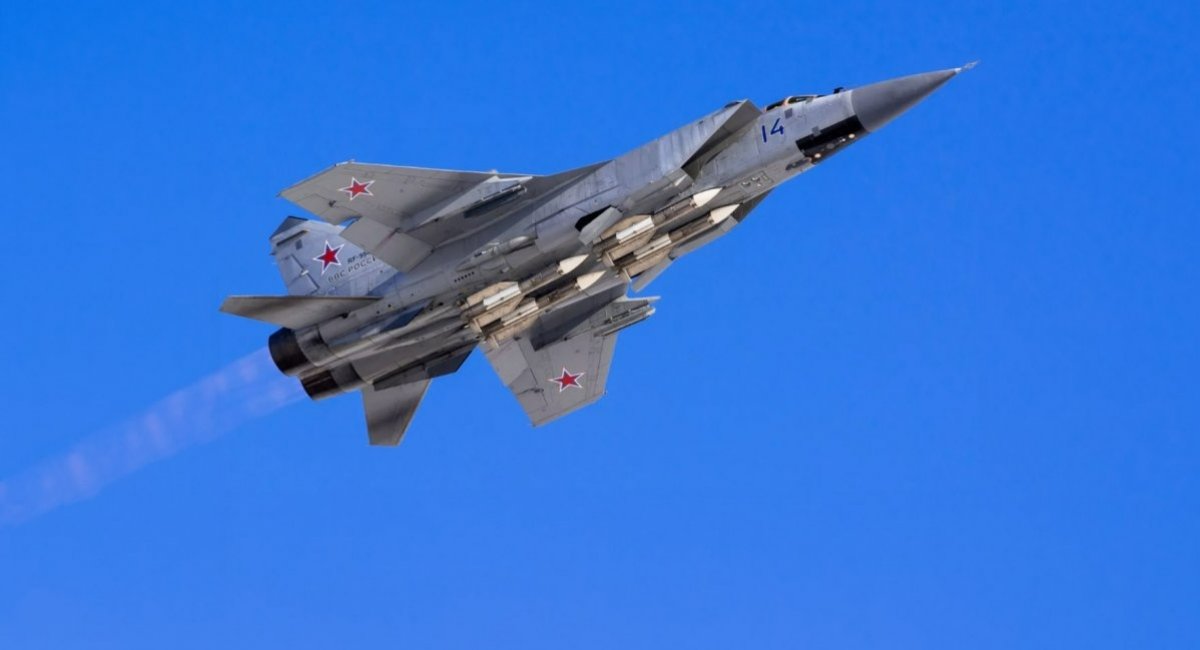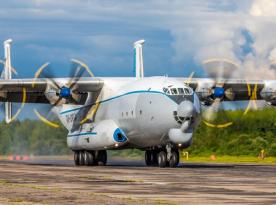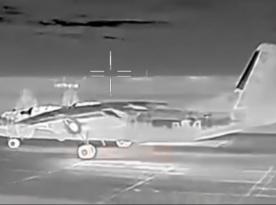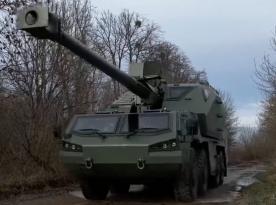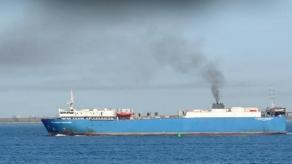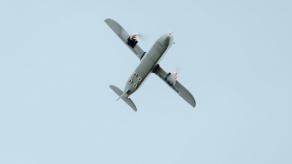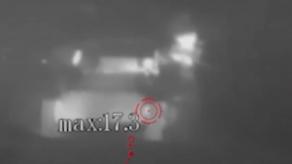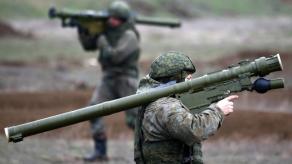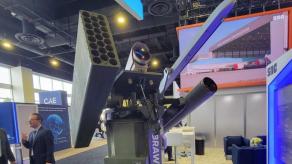New public report 2025 Worldwide Threat Assessment by U.S. Defense Intelligence Agency mentions a rather surprising expansion of the russian nuclear arsenal due to new air-to-air missiles with nuclear warheads. "russia is expanding its nuclear forces by adding new capabilities, including nuclear air-to-air missiles and novel nuclear systems," reads the paper.
Defense Express notes right away that the presence of such missiles in the russian armed forces is not news. Back in Soviet Union times, Moscow had the R-33 long-range missile, a nuclear variant of which russia had shown during the military drills with non-strategic nukes in summer 2024.
Read more: U.S. Intelligence Estimated russian Cruise and Hypersonic Missile Arsenal, Production Rates on Decline

But the R-33 is only an old missile for the MiG-31 interceptor, developed in the 1970s and adopted in 1981. With an engagement range of 120 km in the base version with semi-active radar guidance, its utility is too far behind the needs of modern aerial combat. There's also the R-33S version with a 160-km range and an active radar seeker, reportedly developed in 1990, but whether they were actually produced is unknown.
There is no public data on the power of the nuclear warhead for this missile. We can only take the weight of its conventional warhead 55 kg as a reference. Usually, low-power nuclear charges with energy up to 5 kt are done in this weight.
If this isn't an exception and russia has really committed to developing nuclear air-to-air weapons, another missile worth mentioning is the R-37, otherwise known as the RVV-BD. It was developed in the USSR, too, but completed only in the 2010s, and subsequently adopted into service in 2014.
The declared range is 200 km in the basic and 300 km in the improved R-37M version. Both modifications rely on an active radar seeker. The warhead weight capacity is 60 kg, allowing it to take a nuclear charge.
The R-37 is integrated into the MiG-31 and Su-35 aircraft and has been regularly used by russian fighters against Ukrainian Air Force aircraft since 2022. The Ukrainian combat pilots, however, say the effective range of this missile is much less than russians attribute to this weapon.
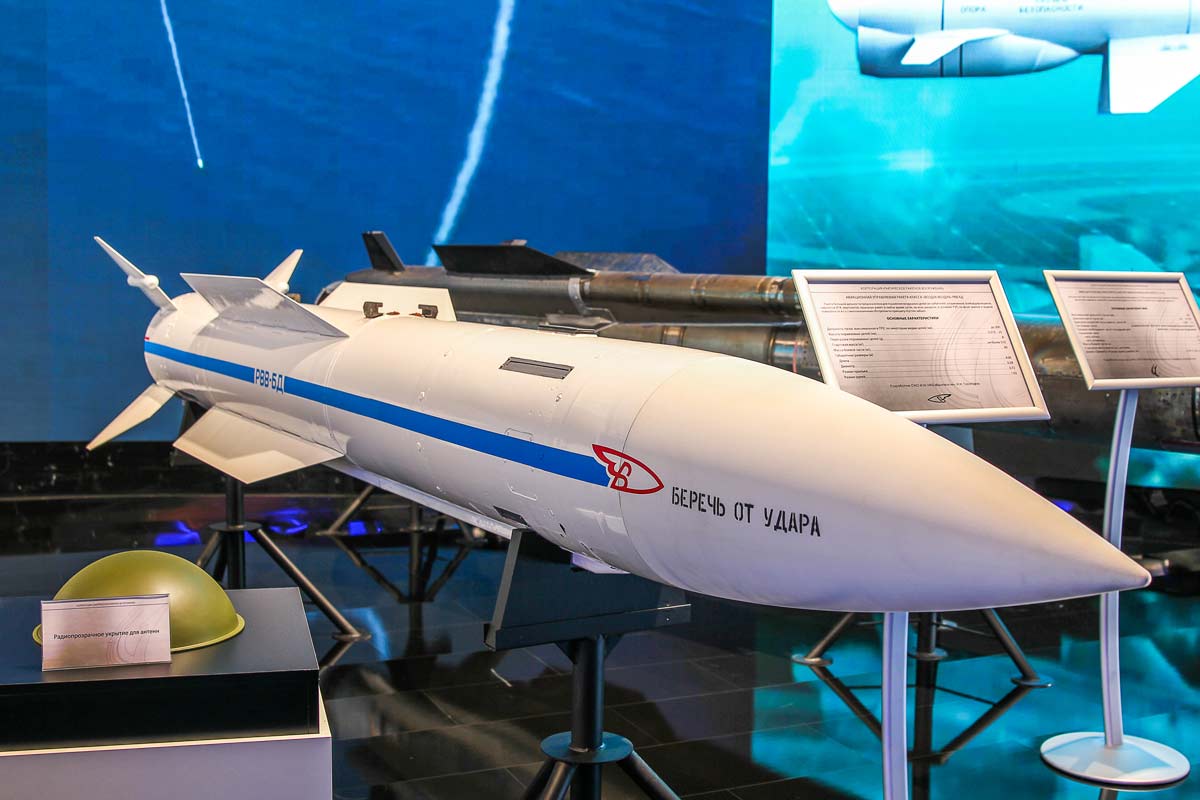
Another candidate for the role of an air-to-air nuclear missile is the KS-172. It's a two-stage missile developed from the 9M83 missile for the S-300V surface-to-air system, boasting a range of 400 km with warhead weighing 50 kg. The standout feature is its powerful active radar homing head, which is said to be capable of locking on a target from 80–100 km away. The known carriers of this missile are the Su-35 and Su-57.
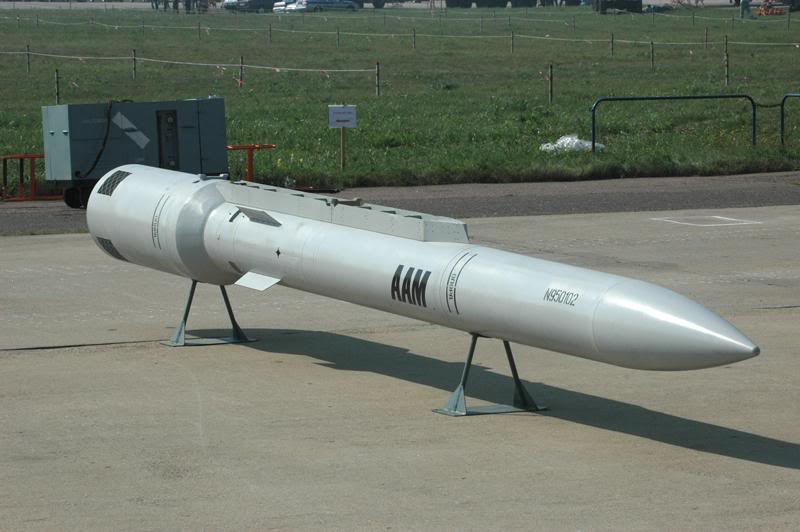
Overall, the practicality of using air-to-air missiles objectively is questionable. Back in the Cold War era, these nuclear missiles were supposed to take on whole groups of strategic bombers. Not only the USSR but also the United States embraced the concept.
For example, the U.S. had the Bomarc anti-aircraft missile with a target destruction range of 800 km. The nuclear charge effectively made up for the lacking accuracy and offered capability to eliminate all aircraft in a group in one shot. Defense Express will have a deeper dive into the topic in an upcoming article.
These days, on the other hand, air forces worldwide have methods to carry out a coordinated air attack in other ways than flying in close formation. Still, since the russian federation keeps financing production of these weapons, the Kremlin apparently has some stratagem in mind which would explain the expenditures. One that the U.S. intelligence report did not elaborate on.
Read more: Facing russia Alone: U.S. Withdrawal Would Force Europe to Acquire 400 Fighter Jets, 600 Tanks, and $300 Billion in Additional Arms




